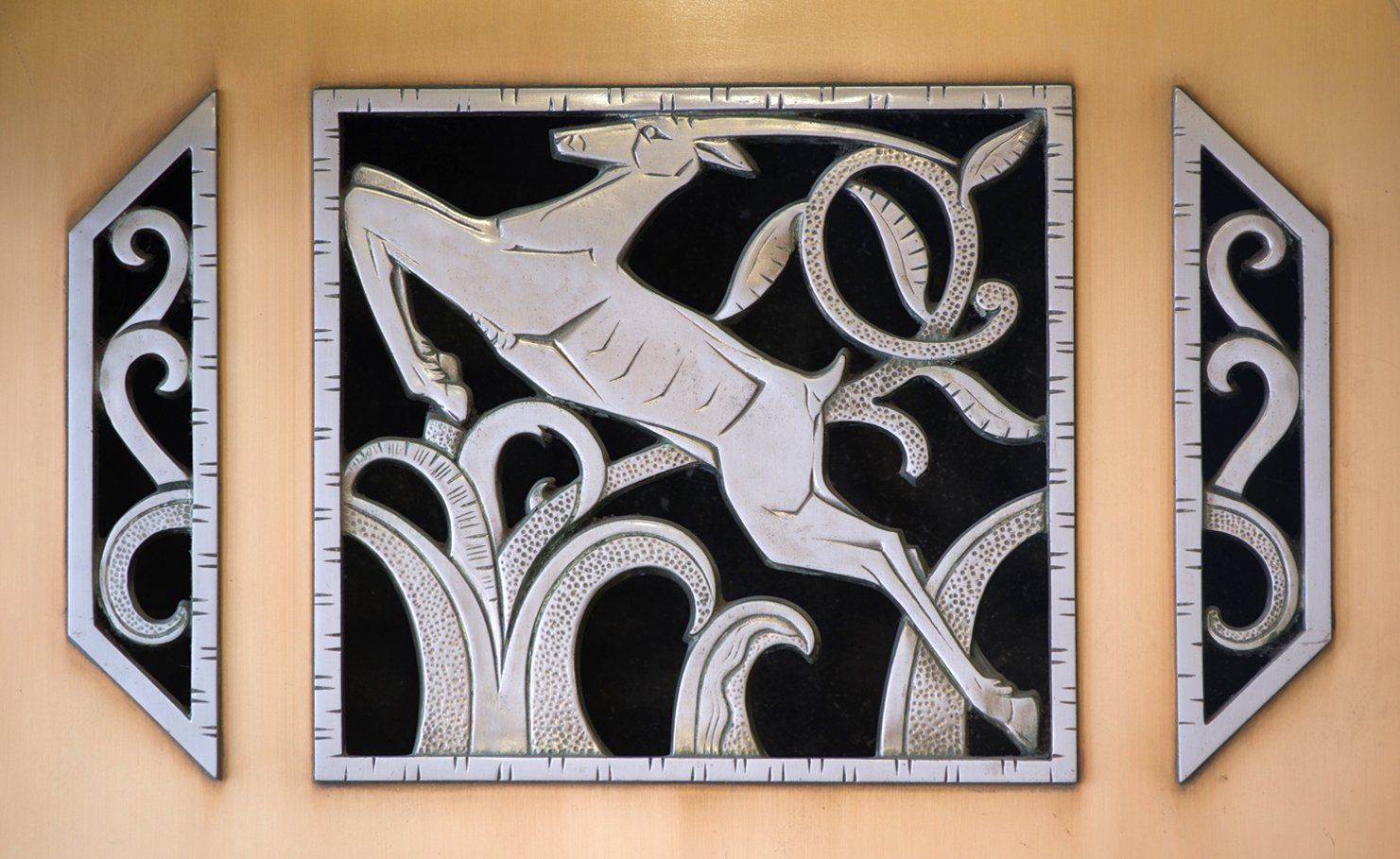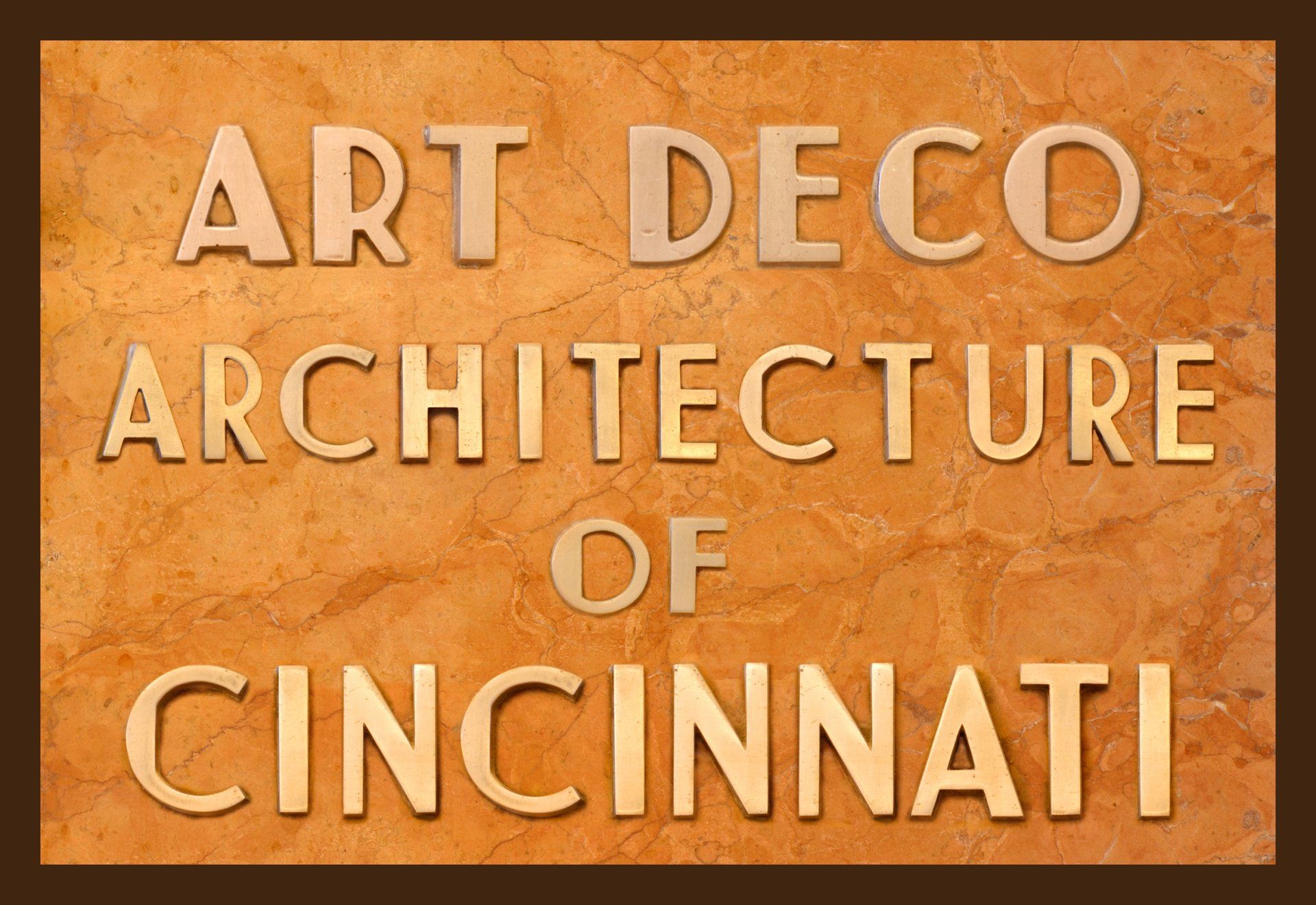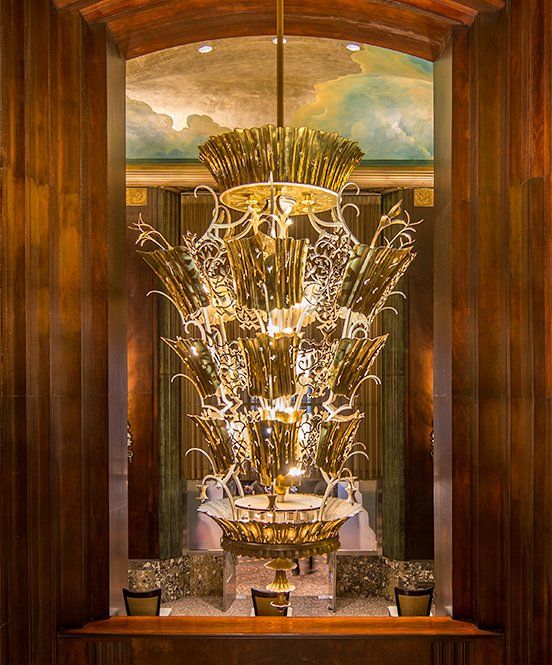Seeing the Light... of Art Deco
The Seeing the Light… of Art Deco
by Paul Muller
The day FotoFocus announced their theme for the 2020 biennial I was fortunate enough to be sitting in a room filled with photographers, artists, gallery directors, and curators. When they announced that the theme for the 2020 biennial as “light and…“ I remember thinking that it covered a lot of ground. It occurred to me that all photography, or at least all that came to mind, involved light.
Later I realized that are two parts to the way FotoFocus uses their themes. First, they want to cast the net as widely, welcoming as many people and viewpoints as possible. Then it is up to the participants to bring specificity to the theme. FotoFocus offers an inclusive framework and encourages the artistic community to bring diverse, individualized interpretations.
This exhibition on the Art Deco architecture of Cincinnati is an example of how the broad scope and specific focus can work. At Cincinnati Preservation Association, we were very happy when J. Miles Wolf invited us to collaborate on an exhibition of his photography of the art deco architecture. As we developed the exhibition it became clear how well the prompt worked. Light and ...the Art Deco Architecture of Cincinnati set a rich foundation for the exhibition.
Reflecting, Emitting and Evoking Light
Light is a central feature of Art Deco. And yes, it is part of all architecture where shade, shadow and edges have been used to evoke emotion and to render objects as three-dimensional forms since antiquity. But in the architecture of Art Deco light also has an explicit role. The style, which emerged and flourished in the period between the two world wars, celebrated a sense of renewal, of forward progress propelled by emerging technology, machinery and by society’s desire to leave the horrors of the great war behind. There was also a celebration of newness and speed. They were in a hurry to unknown but hopeful future. This impatience shows up in the depictions of speed through shapes and symbolic reverences that often appear in Art Deco designs.
Artists and architects captured the spirit of the times as they altered and transformed historic design motifs. They used light in creative ways as part of this new exploration. The photographs of Miles Wolf give us a chance to see and enjoy this moment at close range. One of the ways in which Art Deco uses light is by reflection off of surfaces. The designs are filled with shiny materials, shapes designed to reflect and intensify ambient light and return it to the viewers eye. Light was also employed as a radiating source emitting from light fixtures, chandeliers, and, in Cincinnati ‘s case, even the beacon at the top of the Post Times Star Building.
The third way light appears in Art Deco is as a symbol. It is depicted symbolically in the form of rays, suns and even lightning bolts. The optimism of the age found a powerful symbol in sun rises and rays bursting through storm clouds. After the Great War artists and architects were eager to focus on a bright new horizon. You can find light rays in many of the photographs of the exhibition. They are one of the more common motifs in Art Deco design. The rotunda at Union Terminal might be the most immersive applications of this symbolism. Its depiction of light graded across an arching horizon is an exuberant experience that, to this day, has a powerful impact on anyone entering the building.
The exhibition presents Art Deco in a way that feels both familiar and new. We are very familiar with the style and our Cincinnati Art Deco treasures. When I first viewed Miles Wolf’s photographs for the exhibition, I felt I was seeing the buildings and details for the first time. We are lucky to have this treasure of Art Deco architecture in Cincinnati and we’re lucky that we have J. Miles Wolf to show it to us in such a new way. Something familiar becomes completely new when the artist shares a particular, intensely personal, vision with others. And we are very grateful for the support of the exhibition by FotoFocus and to the Cincinnati History Library and Archives of the Cincinnati Museum Center for contributing historic photographs to the exhibition. We hope you find some new aspects of Cincinnati Art Deco architecture to enjoy.
Paul Muller, AIA
Executive Director,
Cincinnati Preservation Association
.




